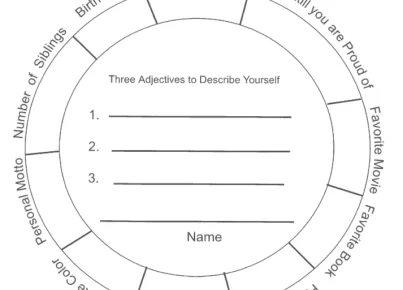In the world of education, many challenges come as teachers and administrators strive to create the best learning environments for their students. One of the most significant tasks is establishing balanced classrooms – ones that foster diversity, reflect the real world, and promote a healthy dynamic among students. For me, this challenge has not only shaped my teaching philosophy but completely transformed my career.
Before becoming an educator, I had little idea how crucial classroom balance could be for students’ overall learning experiences and development. But as I stepped into my first role, one essential goal soon became clear: I needed to create a learning environment that would cater to all types of learners and backgrounds. The following are some ways in which this challenge changed my career and opened up new avenues for growth.
1. Embracing Different Learning Styles
As I began examining the different needs of each student, I quickly discovered that students learn in various ways. Some prefer visual aids while others respond better to auditory stimulation or hands-on experiences. This realization forced me to shift from a one-size-fits-all approach to teaching, allowing me to develop more versatile lesson plans that address multiple learning styles.
2. Understanding Inclusion and Diversity
It became clear that embracing diversity means more than merely acknowledging superficial differences among students like race or gender. I had to dig deeper to appreciate each student’s unique background and experiences, integrating them into classroom activities and discussions in meaningful ways. By doing so, not only was I able to create a more inclusive classroom environment but also enrich the educational content for everyone involved.
3. Developing Stronger Relationships
The task of creating balanced classrooms pushed me to build stronger connections with my students as well as their families. Through home visits, parent-teacher meetings, or simply spending more time listening to individual concerns during after-school hours, I was able to form genuine relationships with those I served – relationships that would ultimately help me better advocate for the needs of my students.
4. Advancing Career Opportunities
As my reputation for being a dynamic and balanced educator spread, so did the opportunities to progress in my career. I found myself speaking at educational conferences, working alongside experienced professionals in the field, and even being invited as an expert on balanced classrooms to participate in regional initiatives aimed at improving educational inequality.
5. Rediscovering My Passion for Teaching
Creating balanced classrooms reminded me of why I entered the world of education in the first place: to make a difference in children’s lives. The challenge pushed me to think deeply about pedagogy, adaptability, and empathy – concepts that have since renewed my passion for teaching and motivated me to continuously improve my craft.
In conclusion, tackling the challenge of creating balanced classrooms has completely changed my career for the better. It has expanded my skillset as an educator, fostered deeper connections with my students, and opened doors to new opportunities. More importantly, it has given me a greater sense of purpose and fulfillment that propels me forward every day as I strive to make a meaningful impact on the lives of students.





